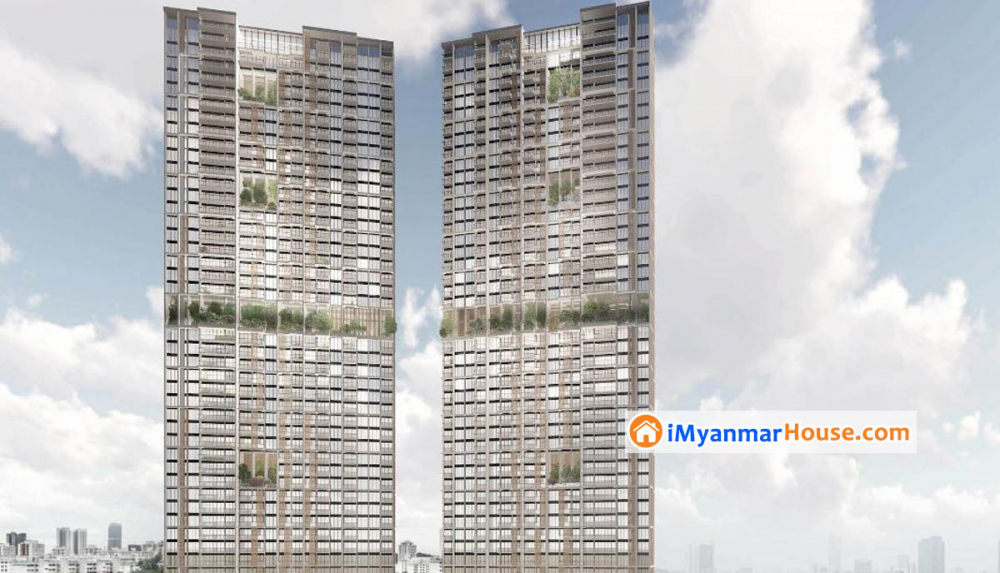
Foreign Property News | Posted by Shwe Zin Win
Apair of skyscrapers are set to become the tallest prefabricated buildings in the world.
And while the two 192-meter-tall (630 feet) towers will rise in densely populated Singapore, large parts of the structures are being built over the border in Malaysia.
The residential project, named Avenue South Residences, will see 988 apartments formed from almost 3,000 vertically stacked "modules."
The firm behind the project, ADDP Architects, says the building method, known as Prefabricated Prefinished Volumetric Construction (PPVC), is less labor-intensive and can help reduce waste and noise pollution.
 The individual modules are factory-made in Senai, Malaysia, where a series of six-sided boxes are cast in concrete.
The individual modules are factory-made in Senai, Malaysia, where a series of six-sided boxes are cast in concrete.
The units are then transported to a facility in Singapore to be fitted out and furnished before being moved to the construction site.
By the time they arrive, the boxes are 80% complete, according to ADDP Architects.
They are then lifted into position by a crane and "stitched up" to form a strong, load-bearing frame, said one of the firm's associate partners, Markus Cheng Thuan Hann.
Final touches, such as doors, are added afterward, the architect said.

"It's like a car manufacturing concept, but for the building industry," he added in a phone interview.
Benefits of prefabrication
Limiting the amount of construction work carried out at the site, which is located in Singapore's residential Bukit Merah district, can help minimize disruption to those living nearby, Hann said.
"But this construction (method) really helps to reduce noise," he said, of the benefit to the surrounding public housing estates.
"And it can reduce waste... because the workmanship in a factory is much better controlled."

Another unforeseen benefit has emerged in the light of Covid-19: Fewer people are needed at the construction site at any one time.
"It's easier to control safe distancing and logistical planning in the factory, rather than having all the (workers) on site," Hann pointed out.
The prefabrication industry first boomed in Europe and America during the post-war period, with urban planners using it to quickly and affordably address housing shortages.
But the market for prefabs is now increasingly dominated by the Asia-Pacific region.
Ref: CNN









